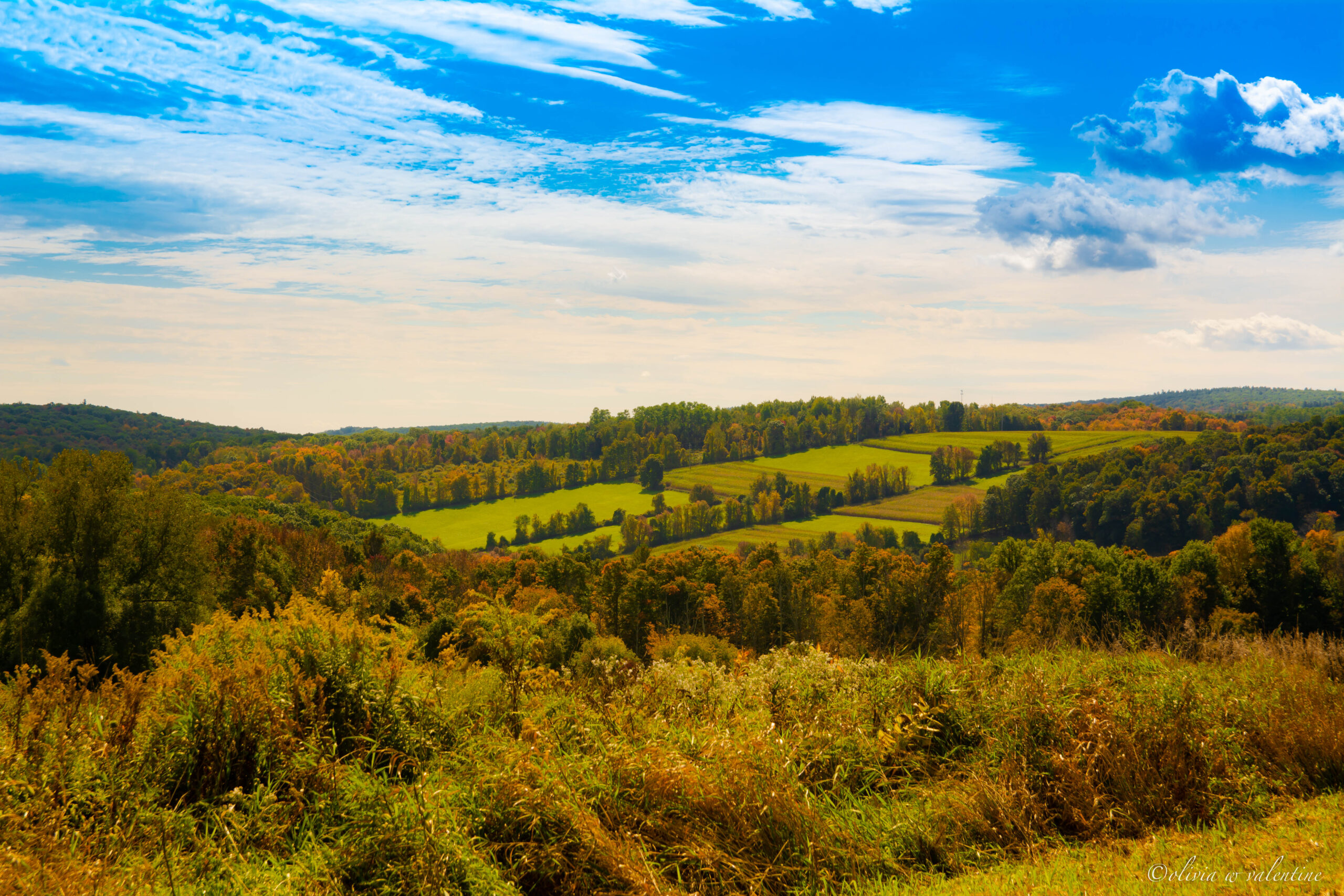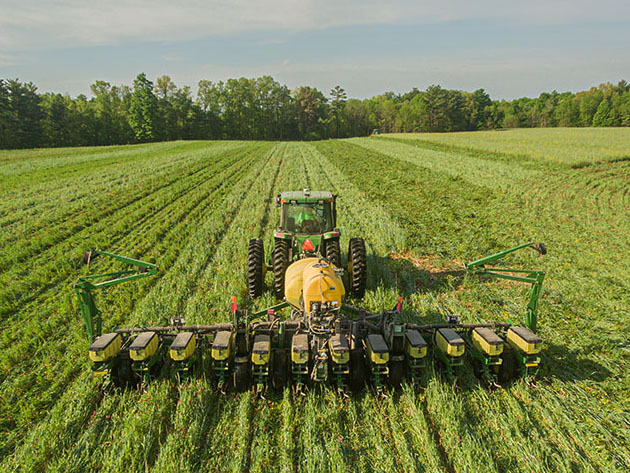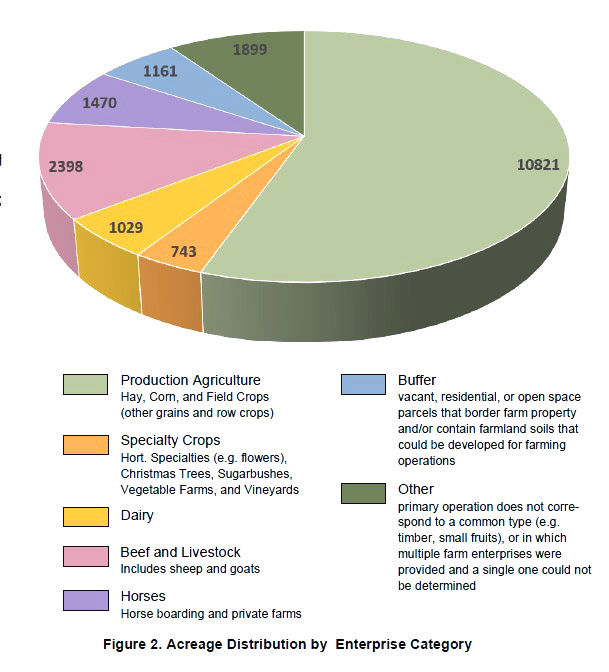FARMING AND AGRICULTURE
Farming in North East
We LOVE our farms and farmland
One thing we ALL agree on is our passion for our beautiful landscape. We want to keep it as it is – and CARE for it. Ask any resident or visitor what they value about this region and you’ll likely hear that they love the small-town rural character. Farmers and the land they cultivate are a cornerstone of this rural culture. This was borne out in the thorough process of collecting input from residents to write the Comprehensive Plan in 2019. The results clearly prioritize the importance of Farmland and Agriculture.
Future vision supporting agriculture in North East
The Comprehensive Plan outlines many actions the Town of North East and Village of Millerton can take over the next 10 to 15 years to meet its vision and goals.
Protection of Farmland and Support of Agriculture. To protect our valuable farmlands, support our farms and their products, and encourage the continuation and diversification of agricultural activities, the Town and Village will update zoning and subdivision laws to be more farm friendly, support a feasibility study on the need for a shared community kitchen, promote use of conservation subdivision design for major housing developments to protect important farmlands, reestablish the Agricultural Advisory Committee, address farm worker housing, expand allowed agricultural uses, and adopt a right‐to‐farm law.

OLIVIA VALENTINE
OLIVIA VALENTINE
Corn, hay, and soybeans are planted in alternating strips to protect from erosion on slopes.
Regenerative Agriculture
Care and Feeding of soils increases output, reduces inputs, and sequesters carbon…In other words it saves money AND it protects the land
Regenerative agriculture is a holistic approach to farming and the food systems that result in improved ecological, social, and economic conditions.
Specifically, regenerative agriculture:
- Enhances soil health and soil biological life, often reducing input costs and boosting farmer income
- Sequesters carbon, helping fight climate change, and creating opportunities for farmers to sell carbon credits
- Improves air and water quality, and water storage and availability
- Supports diverse systems that enhance wildlife
- Builds resilience to climate change impacts, such as increased droughts, excess rain, and increased pest pressures
- Increases food security ultimately reducing healthcare costs
- Supports the economic, social, and cultural health of those who own, manage, and work on farms, enhancing rural livelihoods.
During the last year, regenerative agriculture has grabbed headlines and attention as never before. For good reason. It is a systems approach that ultimately serves the business interests of farmers, while working to reverse the deleterious effects of climate change.
By improving soil health through increased water absorption, carbon sequestration and microbial activity, and by mitigating erosion, land can be rejuvenated after decades of depletion increasing productivity and supporting resilience to climate chaos.
Stay tuned for waves of adoption as proven regenerative practices become mainstream. Coming soon are important financial boosts from renewable energy and and agrivoltaics – the dual-use of solar installations such as with grazing and native pollinator plantings. Meanwhile, more information on regenerative agriculture is available here.

KEVIN KEENAN
KEVIN KEENAN
Seed drills plant seeds without tilling, preventing soil erosion and sequestering carbon.
Ag Resources
Agricultural Assessments
An Ag assessment reduces taxes on land that is actively farmed. Generally:
- land must consist of seven or more acres that were used in the preceding two years for the production for sale of crops, livestock, or livestock products with average annual gross sales of $10,000
- Land rented to qualified farmers may qualify with a written rental agreement of at least five years.
- Smaller farmed parcels may be included with other qualifying land under a written agreement.
- Eligibility is determined by the assessor.
More info from CCE Dutchess here and NYS tax forms are available here.
Farmland Finder
The Hudson Valley Farmland Finder connects farmers and landowners. On this website, you can:
- Find a Farm or Find a Farmer
- Create a Profile
- Find Upcoming Events in your area
Conservation Easements.
How does it work? Would it work for me? Visit the Farmland Info website to:
- Access Resources
- Contact Organizations who can help you
Farmland Information Center from American Farmland Trust
The nation’s largest online collection for information on farm and ranch land protection and stewardship.
Cornell Cooperative Extension Dutchess County!
Soil tests, expert advice, training, advocacy, here
Dutchess County Agricultural Navigator – Jennifer Fimbel
The Ag Navigator acts as a conduit for farmers, municipal officials and economic development specialists to provide impartial information and advice when implementation of local regulations are proposed that may have an impact on agriculture, farmland and agricultural businesses.

CCEDC
CCEDC
Primary crops in North East are corn / hay / soybeans followed by beef cattle / sheep /goats. Most land is leased and owned by NFL – ‘non farming landowners’.
Progressive new (and Old!) Farming IDEAS
Climate chaos projections change dramatically as we envision scenarios with a wide range of techniques and solutions
Project Drawdown explains how Farming can help actually reverse climate change through reduction of emissions coupled with carbon sinks.
Agriculture, food, and land use produces about one quarter of the world’s Greenhouse gases but has the potential to more than offset those CO2e emissions by sequestering carbon in the soil.
Radical Vision for a thriving community
The Rockefeller Foundation’s Stone Barns Center is an R&D lab advocating an ecological food culture.
The Hudson Valley, New York Vision showcases a vision for the year 2050:
- Groundbreaking research on ecologically sound farming and food production
- Farmers have deep relationships with chefs and local culinary and craft businesses
- Regenerative farming is a common practice for small and medium-sized farms
- Hudson Valley families have access to an affordable and more nutritious local diet
- An ecological food culture exists, supported and encouraged through market demand

STONE BARNS CENTER
STONE BARNS CENTER
The Vision for 2050 imagines a circular Hudson Valley food culture that provides good, accessible, culturally relevant food while supporting soil, ecosystems and a thriving farming economy.